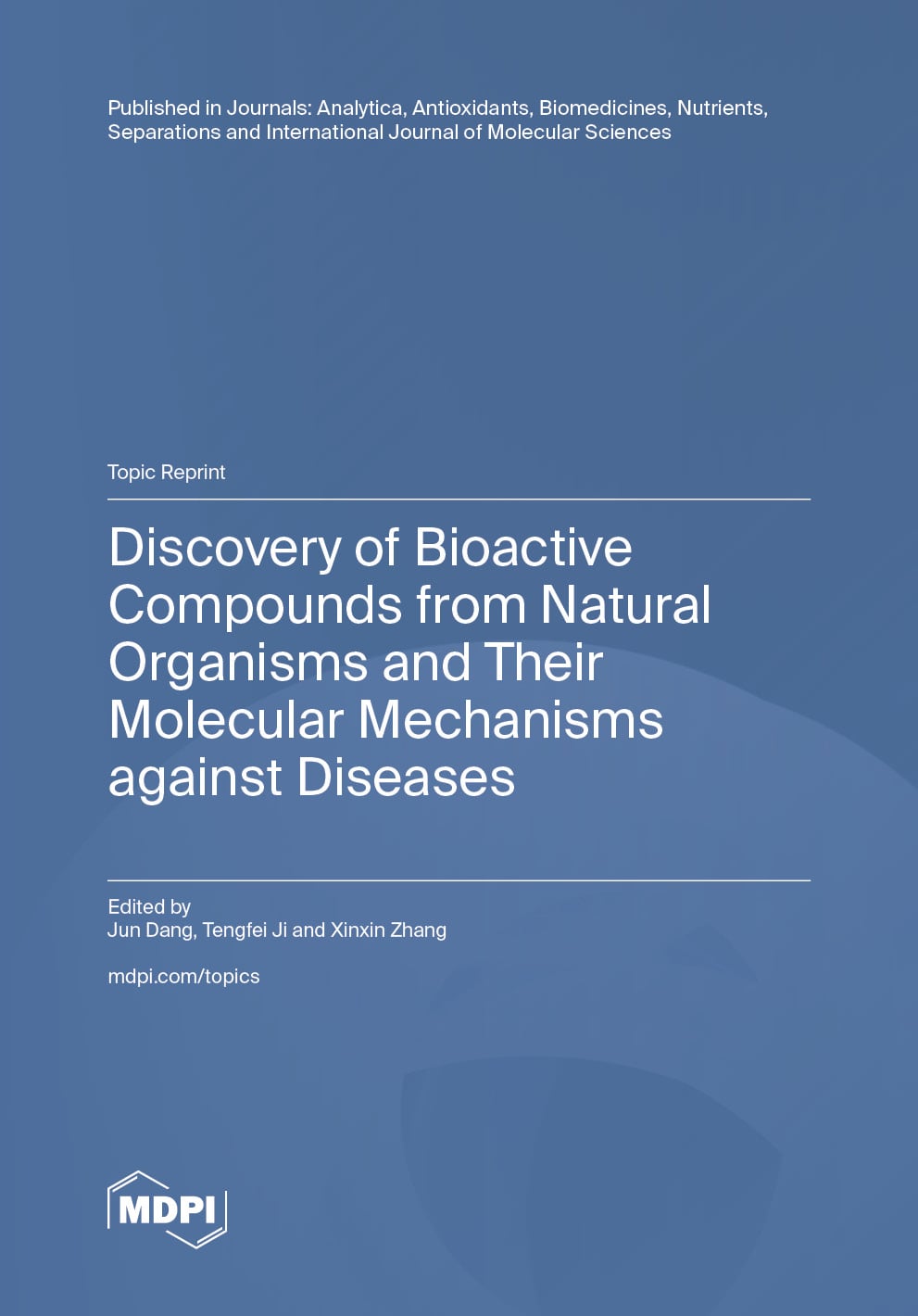- 3.6Impact Factor
- 3.7CiteScore
- 20 daysTime to First Decision
Analytica
Analytica is an international, peer-reviewed, open access journal on analytical chemistry and chemical analysis published quarterly online by MDPI.
Quartile Ranking JCR - Q2 (Chemistry, Analytical)
All Articles
News & Conferences
Issues
Open for Submission
Editor's Choice
Reprints of Collections

Reprint
Discovery of Bioactive Compounds from Natural Organisms and Their Molecular Mechanisms against Diseases
Editors: Jun Dang, Tengfei Ji, Xinxin Zhang

